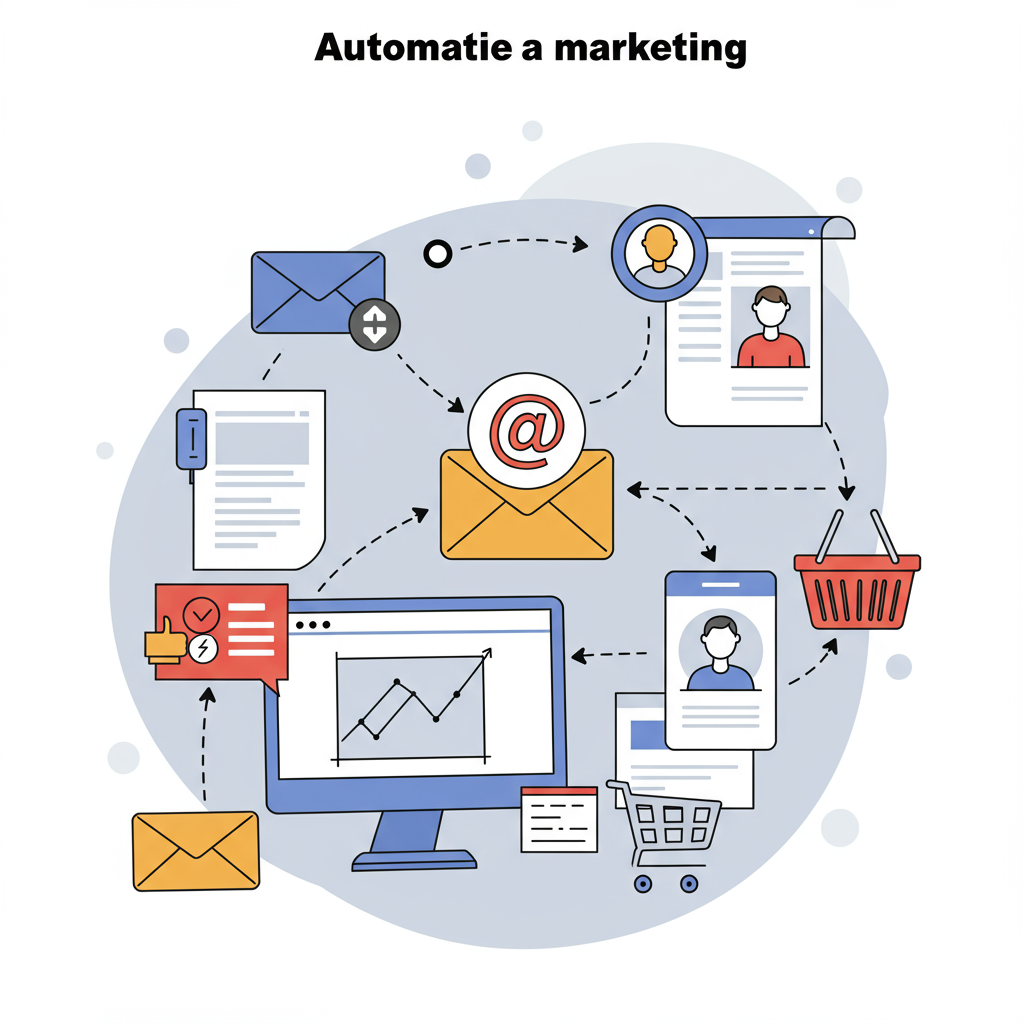Transforming your Shopify store with automated email flows to boost sales and build lasting customer relationships.
As a Shopify merchant, I’ve learned that one of the most powerful tools in our arsenal isn’t a new product or a fancy ad campaign, but something far more fundamental: email marketing automation.
It’s a game-changer, allowing us to connect with customers at precisely the right moment, without having to manually send a single email.
For me, it’s been about creating a seamless, personalized experience for every shopper, from their very first visit to their tenth purchase.
So, what exactly is email marketing automation in the context of Shopify? Simply put, it’s the process of sending automated, triggered emails to your customers based on their actions or specific events.
Think of it as having a tireless, always-on sales assistant who knows exactly what to say and when to say it.
The benefits are immense: it saves countless hours, personalizes the customer journey, increases conversion rates, and fosters incredible customer loyalty.
Let me walk you through the essential automation flows that I’ve implemented and seen tremendous success with.
First up, the **Welcome Series**. This is your chance to make a fantastic first impression. When someone signs up for your newsletter or makes their first purchase, a welcome series kicks in.
My welcome series typically consists of 2-3 emails. The first is an immediate ‘thank you’ and a warm introduction to my brand, often with a small discount code to encourage a first purchase.
The second email might share my brand story, highlight best-selling products, or showcase customer testimonials. It’s about building trust and excitement.
The third email could be a gentle reminder of the discount, or a focus on a specific product category they might be interested in, based on their initial browsing.
Next, and arguably the most crucial for recovering lost revenue, is the **Abandoned Cart Flow**. We all know how common it is for shoppers to add items to their cart and then leave.
This automation sends a series of reminders to nudge them back. My first email goes out within an hour, a gentle reminder of what they left behind.
The second, sent 24 hours later, might include social proof or address common objections, like shipping costs or return policies.
Sometimes, a third email, sent 48-72 hours later, includes a small incentive, like free shipping or a percentage off, to seal the deal.
Then there’s the **Post-Purchase Flow**. This is vital for building loyalty and encouraging repeat business. It starts with the order confirmation and shipping updates, which are standard.
But beyond that, I send an email a few days after delivery, checking in to ensure they’re happy with their purchase and offering product care tips.
A week or two later, I’ll send a request for a product review, which is invaluable for social proof. I also use this opportunity to recommend complementary products.
For customers who haven’t purchased in a while, I implement a **Win-Back or Re-engagement Flow**. This aims to reactivate dormant customers.
These emails might offer a special discount, highlight new arrivals, or simply ask for feedback on why they haven’t returned.
Another powerful flow is **Browse Abandonment**. If a customer views a product multiple times but doesn’t add it to their cart, this flow reminds them of their interest.
It’s a subtle nudge, often showcasing the product they viewed along with similar items, without being overly pushy.
I also leverage **Birthday/Anniversary Flows** to send personalized offers or greetings on special occasions, making customers feel valued.
And for popular items that frequently go out of stock, a **Back-in-Stock Notification** is a must. It captures demand the moment an item is available again.
Setting up these automations requires a robust email marketing platform that integrates seamlessly with Shopify. I’ve used several, and platforms like Klaviyo, Omnisend, or even advanced Mailchimp features are excellent choices.
The key is to define clear triggers for each email, design visually appealing templates that match your brand, and write compelling copy that resonates with your audience.
Segmentation is also crucial. Don’t send the same email to everyone. Segment your audience based on purchase history, browsing behavior, or engagement level to send highly relevant messages.
Finally, always be testing and optimizing. A/B test subject lines, call-to-actions, and even the timing of your emails. Monitor your open rates, click-through rates, and conversion rates.
Email marketing automation isn’t a ‘set it and forget it’ strategy; it’s an ongoing process of refinement and improvement.
What do you think about this article? I’d love to hear your thoughts and experiences with email marketing automation for your Shopify store.
By embracing these automated flows, you’re not just sending emails; you’re building relationships, recovering lost sales, and creating a more efficient, profitable Shopify business. It’s truly transformative.






